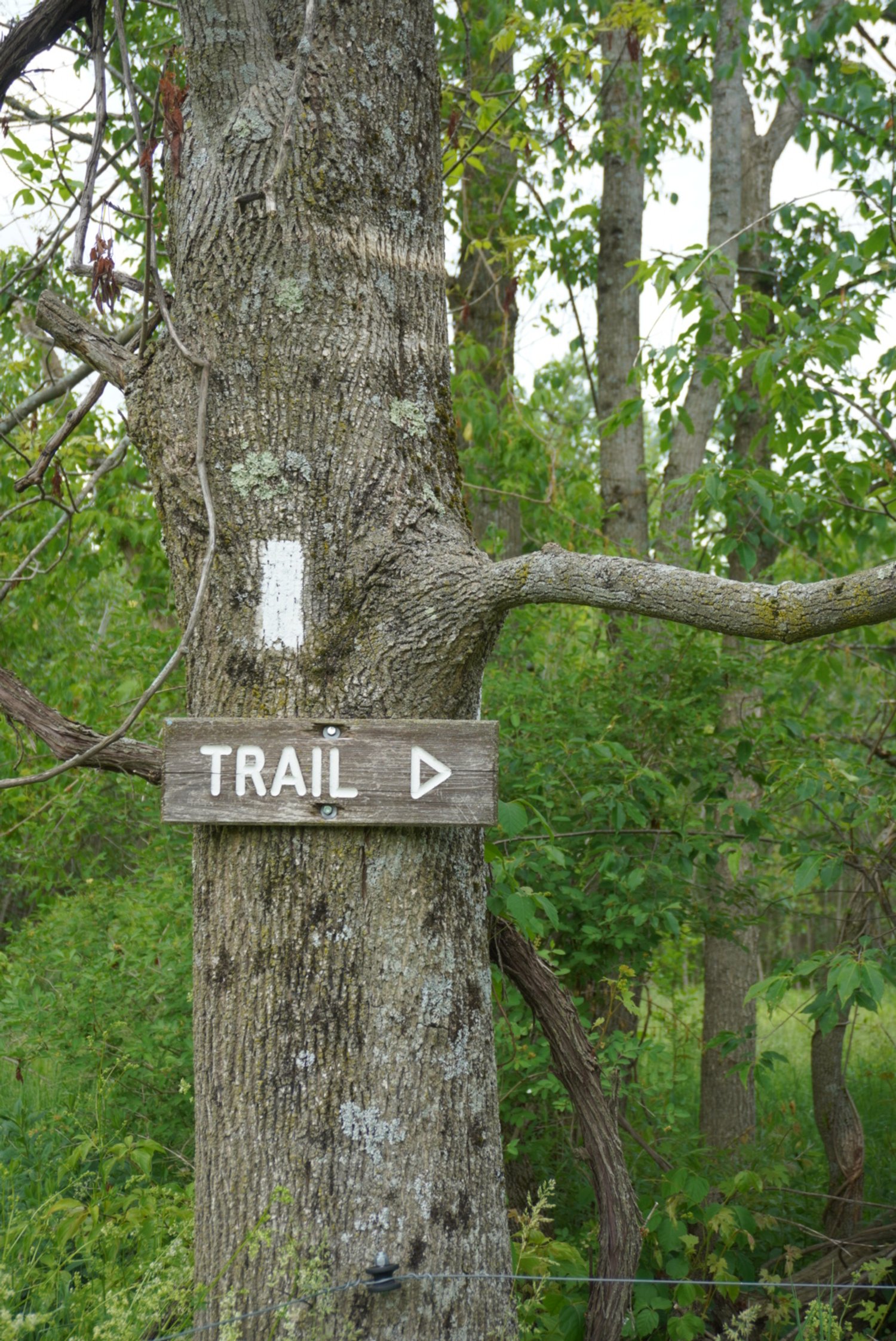How YOU Can Help Improve Trail Accessibility for Persons With Disabilities
NOTE: This blog was originally published on Sawyer Product’s Blog and can be found at the link here.
A beautiful thing about nature is all the ways that someone can experience it. Whether your preference is a stroll around the neighborhood, an afternoon excursion into the woods, or an expedition of great undertaking, everyone deserves access to the type of recreation and relationship they desire with the land. It is important we respect and empower folks of all backgrounds to engage with the outdoors in a way that is safe, fulfilling, and responsible.
Today on International Day of Persons With Disabilities, we’re focusing on what each and every one of us can contribute to show support and increase accessibility for this important part of our outdoor community.
Note: This article was made possible with information and inspiration from Enock Glidden.
ENHANCING TRAIL DESCRIPTIONS
The easiest way for someone to contribute to making the outdoors more accessible for folks with disabilities is to take the time to enhance local trail descriptions. Accurate and updated descriptions are heavily relied on to plan excursions and select trails, and knowing what to expect when they show up is an incredibly important part of ensuring a safe and enjoyable experience.
Here’s a list of what to include for the best trail description possible:
Width and surface material of trail
Steepest and average running and cross slopes
Noted obstacles with distance from trailhead
Photos of obstacles, the trail, parking, amenities, views, maps (all with descriptions for screen readers)
Consistency of information across websites and signage
IMPROVING EXISTING TRAILS
The next step to improving accessibility for folks with disabilities is to physically alter the trails and resources to accommodate different needs. Adding boardwalks in place of bog bridging, removing physical barriers, covering roots, and hardening surfaces with stone dust or aggregate for compaction are fantastic ways to improve trail accessibility. Regularly placed distance markers, more gradual inclines, options for routes around obstacles, and widening trails to 36”+ are also options to enhance the existing experience for folks of all abilities.
DIVERSITY IN DISABILITIES
Diversity is a relevant descriptor for communities of all kinds, and persons with disabilities are no exception. People with physical, cognitive, and visual impairments all have a right to recreate safely in the outdoors, and there are different ways to accommodate these communities' specific needs.
There is a vast spectrum of abilities one can have while navigating a physical disability, and accommodating as many needs as possible is what accessible trails aspire to do. Adaptive equipment such as hiking poles, hiking wheelchairs, or track chairs can serve this entire spectrum. Gear libraries are one way to keep the costs of this expensive equipment down and the gear accessible for people of different socioeconomic backgrounds, while transportation often remains a huge barrier for people of all abilities trying to recreate outdoors.
Supporting people with visual impairments means exploring other considerations. Ensuring trail descriptions can be read by a screen reader, providing audio descriptions that can be accessed on mobile devices, braille trail signs, rope navigation along the corridor, and guided hikes are all options that improve accessibility for people with visual impairments.
For people with cognitive disabilities, information is key for comfort. Trail descriptions that include the sound profile in the area, the smells and textures encountered along the corridor, types of trail uses (bicycles, horses, running, etc), and resources like informational signs at resting spots are all things that are helpful to include for someone who needs to know what to expect before heading into the outdoors.
Detailed descriptions of trails are relevant to all people with disabilities, so pour your energy locally into this easy step the next time you hit the trail.
HOW ELSE CAN I HELP?
Curious how you can do even more to assist in improving trail accessibility for people with disabilities in your community? Volunteering your time and efforts for local land trusts or adaptive organizations is a great way to show your support and make a difference.
Directly ask people what they need to enjoy the outdoors, don’t assume on behalf of a community you’re not a part of. Keep an open-mind when planning events, trail improvements, or meet-ups and know you might not have all the answers.
WANT TO LEARN MORE ABOUT COMMUNITIES SUPPORTING PERSONS WITH DISABILITIES IN THE OUTDOORS? CHECK OUT THE FOLLOWING ORGANIZATIONS MAKING A POSITIVE IMPACT ACROSS THE NATION.
Maine Adaptive Sports and Recreation
Adaptive Outdoor Education Center







